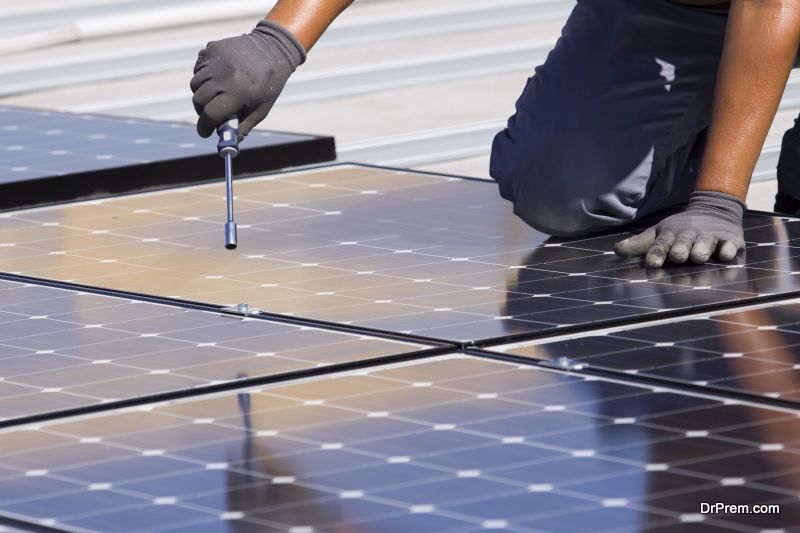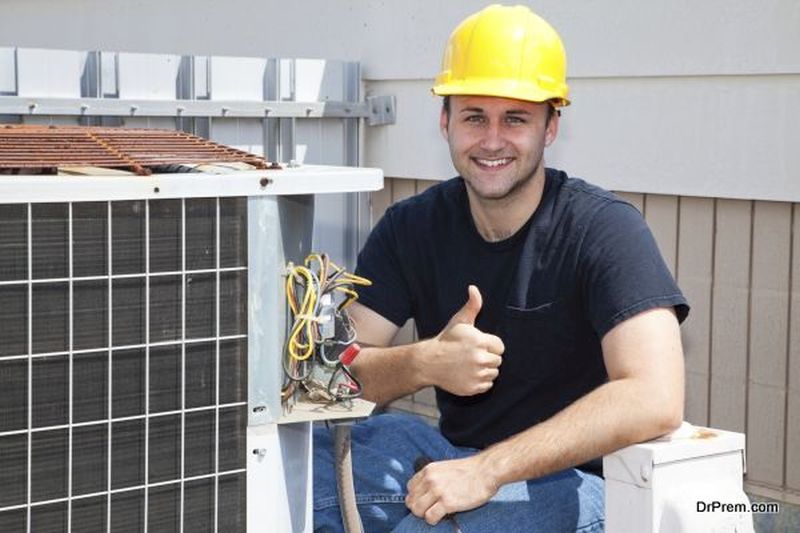In today’s modern way of construction that is causing a bad effect on the environment. Therefore, it has become significantly important for us to look for eco-friendly homes. While the traditional houses are resulting in an increase in depletion of resources, on the other hand, sustainable homes are eco-friendly. They utilize mostly eco-friendly materials. Sooner or later, we all would have to make a switch, since the construction materials which we use now are becoming scarce day by day. Keeping in mind all the environmental problems, designers also are coming up with innovative house designs like the sustainable waterfall house. These designs provide all the basic amenities we need and do not harm the environment in any way.
Sustainable Waterfall House
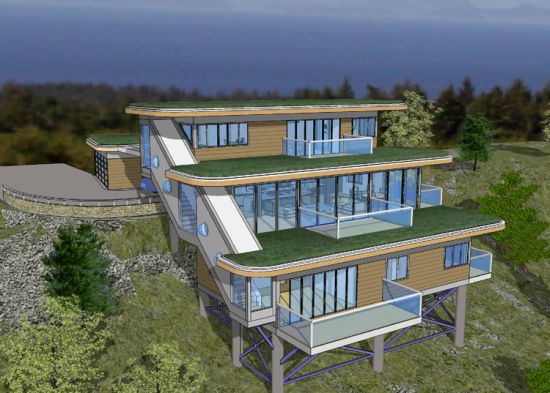
The ‘Waterfall House’ is one of the newest sustainable designs by ‘PreFabulous Homes’ developed for a sloping lot in Gabriola Island, BC. On the three levels of the 2600 sq. ft. home is a green roof that notably decreases the storm runoff and avoids erosion. The plants used are those that don’t need a lot of water and keep a low profile. The top floor of the modular house is the master suite, which includes a den, walk-in closet, and both a tub and a tiled glass shower. The tiles used contain recycled content as used for all the EcoFabulous Homes by the company.
The main floor has the ‘Great Room’ with a central kitchen with bar. The views to the south feature rock ledges lined with moss and framed with arbutus trees, salal and ferns. The lower floor comes with additional bedrooms and two full baths. Please visit the site for further details.
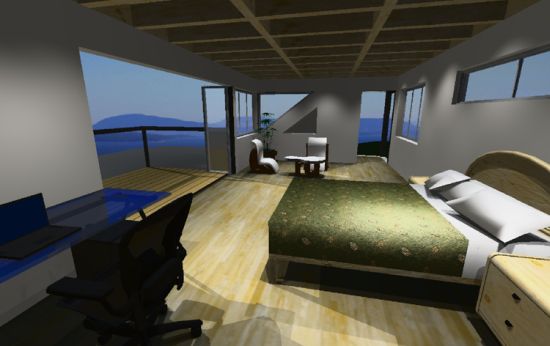

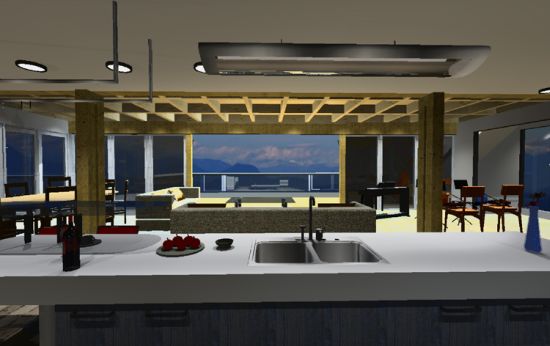
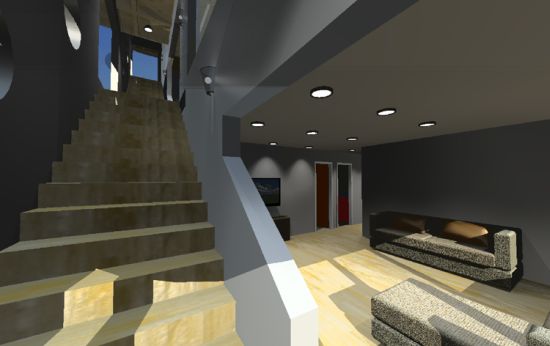

Creative house designs similar to Waterfall House
1. Beach Villa in Costa Rica

Robles Arquitectos designed this beautiful beach villa in Coats Rica. The house lies on a small hill located at a distance from 20km from the ocean. The architecture of the house was difficult to build, as the house had to completely rely on the humid environment.
2. Hover House 3
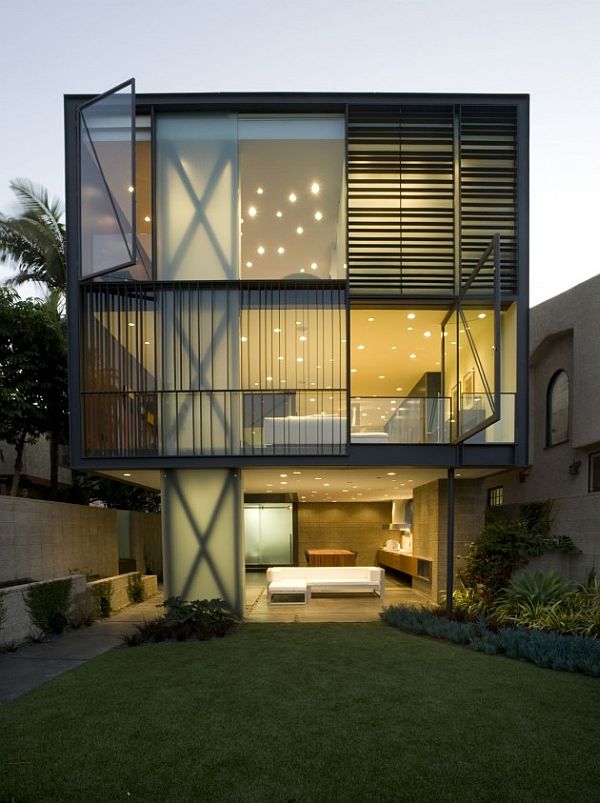
Hover House 3 designed by Glen Irani Architects and is located in the Venice Canals of Los Angeles, California. The house has energy efficient systems installed with exposed concrete walls and radiant hydronic heating. It consists of wind power that is at a height of 9m above the roof of the house. This eliminates the need for air conditioning. There are solar panels on the roof which generate 80% of the power. The roofing consists of tar-free material eliminating significant amount of carbon monoxide emissions.
3. Home for life
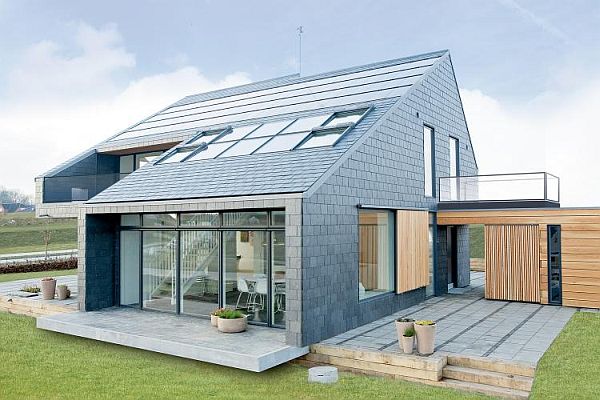
Home for life is a project by Danish architect AART. The architecture of the house was built with an aim to lower the energy consumption level and low carbon emissions. All the rooms have sensors installed that register the amount of heat, carbon dioxide and humidity. The outer part of the house has an intelligent control system that adjusts the indoor climate according to the comfort of the owners. The windows automatically open and the lights turn themselves off automatically as soon as you leave the room.
4. Chuckanut Ridge House
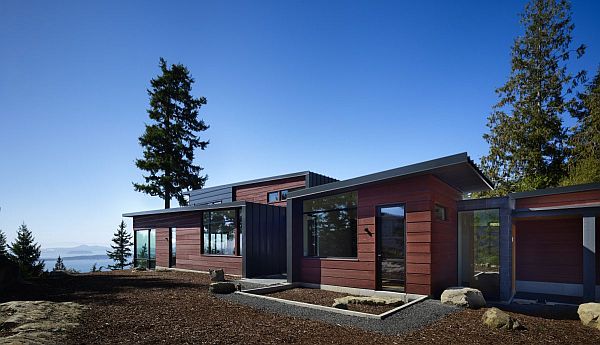
Designed by Prentiss Architects, Chucknaut Ridge House has proved wrong the people who think that the installations of solar panels spoils the architecture of the house. The house has photovoltaic cell installed through the building of the use to support electricity supply and uses the rainwater as water source by collecting it.
5. Crooked House
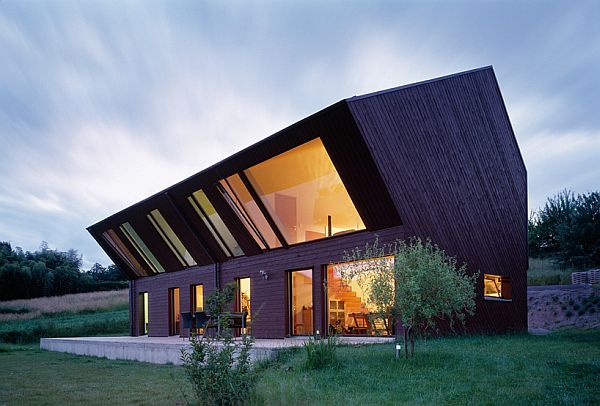
The FOVEA Architects have designed an amazing house called Crooked House that is inclined at 40 degrees towards the south. The geometry of the house balances the need for privacy and light. The house makes use of natural light as far as possible. Furthermore, the lower floor is rectangular whereas the upper floor is inclined.
6. Ecomo Home
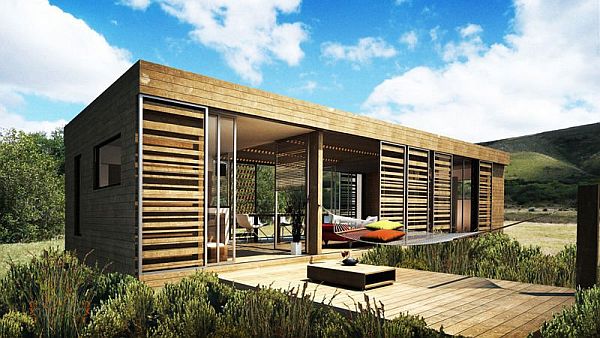
Ecomo home is designed in modern and simple way collaboration with nature. The house is created with the green design principles. In addition, the house consists of modular systems and has a sustainable design. The house is located near to the river using it as a water source. The house adapts very well to the natural conditions.
7. Casa No Gere
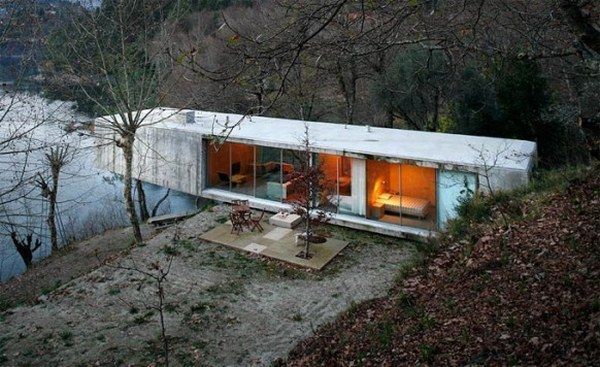
Casa No Gere is the brainchild of two architects Graca Correia and Robert Ragazzi. It is located inside a national park in Portugal. The house has a bar like structure with unique exteriors and modern interiors. No tree was cut down for the construction of the house, and all material used was ensured to be eco -friendly. The construction was a big challenge as the architects had to follow the rules of the parks.
Ideas that make your house environmentally friendly
Go-green is the tagline in most of the homes these days. The costs required to build a green house are slowly reducing because of good demand, hence renovating or having your own eco-friendly house is no more an expensive dream.
Some green home building alternatives are mentioned below:
1. Build a smaller house
Build a house as per your family requirement. Acquiring large areas and building rooms that remain vacant for most parts of the year isn’t an environmentally friendly idea. Small houses have small environmental impact. Using space right and managing eco-friendly alternatives in those spaces is the trick. Do not expand unnecessarily.
2. Install solar panels
Sun light is a very impactful and high energy that can provide energy to most of the needs of the house. Plan solar power technology and connect it to the lighting, heating and other such similar gadgets. Position the solar panels in such a way that you get energy out of almost throughout the day and night. Moreover, grants and tax breaks provided by government for solar powered houses can also be an additional incentive.
3. Install roofs that remain cool
Cooler roofs are most advantageous and essential to maintain cooler temperature in your houses. Install materials that reflect sunlight, letting the house cool quickly in the night. This reduces cooling costs, thus reducing the electricity bill too. Some of the green materials that can be good for a cooler roof are terra cotta, white tiles, special membranes, and metal roofing. These materials are expensive, but you can recuperate the costs from benefits that come in the shape of lower electricity bills and less maintenance costs.
One of the most popular examples is the ‘living roof’. Plants can be grown on these roofs, which also help in rainwater filtration.
4. Harness geothermal power
This is expensive in terms of the installation, however, once installed it provides enough to heat or cool your house. For example, during winters, the underground heat is transferred to your house using HVAC system. While during summers, the excess heat is removed by the AC and transferred underground.
5. Recycling products
Many day to day usable products can be recycled and used to make a green house. For example, old torn jeans or newspapers can be placed on the walls to give better insulation. These products are cheap in price and can be maintained easily. Some other products that can be used as insulations are cotton, wool, wood pulp etc.
Summary
These sustainable homes made of using the material like sustainable timber, using solar energy to minimize the power consumption, reusing gray water and using energy-efficient appliances. Here are some listed home designs that are sustainable. The number of houses going green is increasing annually accounting up to $17 billion in the economic activity. Residential eco-friendly houses will multiply five-fold by 2016.



